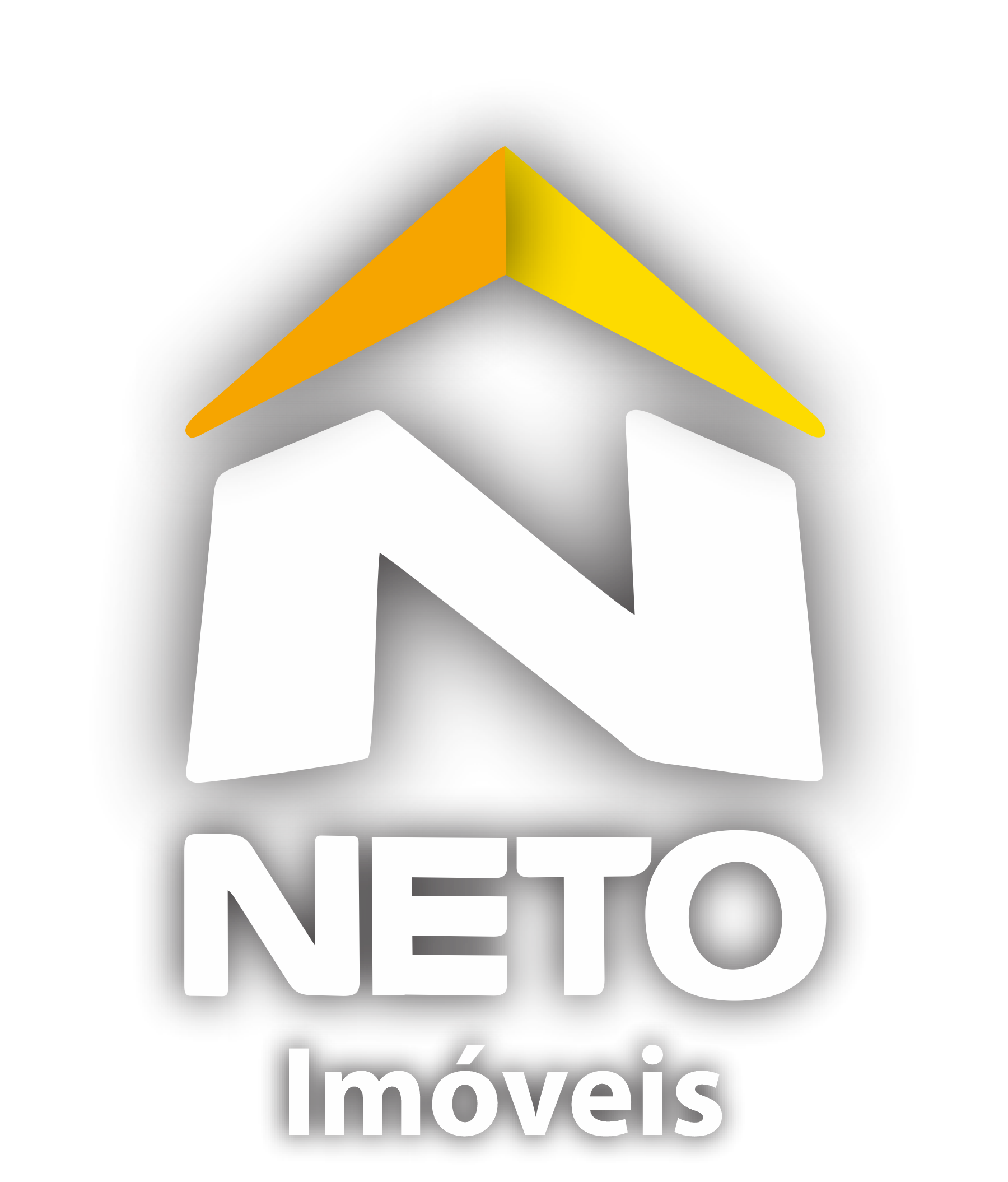Tangible Belongings Vs Intangible Belongings
In the world of finance and accounting, understanding the distinction between tangible and intangible property is crucial for accurate monetary reporting and analysis. These asset classes differ in their bodily presence and have unique implications on a company’s balance sheet and valuation. Recognizing these differences helps stakeholders make knowledgeable selections about investments and useful resource allocation. The key variations between tangible vs intangible belongings lie primarily in their physical presence and valuation. Tangible belongings are bodily resources that can be seen, touched, and felt. Examples embrace land, buildings, vehicles, and equipment, which have a clear market value and may be simply appraised.
Intangible and Tangible Property Examples of tangible private property are numerous, only a few examples are furnishings, automobiles, baseball playing cards, automobiles, comedian books, jewelry, and artwork. Intangible personal property consists of belongings similar to bank accounts, shares, bonds, insurance policies, and retirement benefit accounts. Tangible property are defined as these assets which have a particular financial worth and normally include a physical form.
Tangible Vs Intangible Property: Key Variations
- In Liam’s case, the new silk-screening machine could be considered a long-term tangible asset as he plans to use it over a few years to assist him generate revenue for his enterprise.
- Intangible assets may be tougher to determine and value, however are often important for understanding a company’s true worth.
- For occasion, if you hear the word “Nike,” you immediately think of excellence in sports apparel—this is model equity at work.
- You is not going to embrace intangible assets that your company internally generated (e.g., a patent you purchased).
Tangible asset values typically derive from market conditions, production costs and put on and tear. Many depreciate over time, that means that their value declines as a end result of usage or obsolescence. Intangible property, usually respect in worth if they strengthen a company’s market position—such as a growing brand popularity or an expanding patent portfolio. Some intangible property, like software or certain licenses, can even have finite helpful lives and require amortization. Individuals or companies could own, sell, or use them in operations. Mounted tangible belongings, such as buildings, land and machinery, are long-term holdings that sometimes appreciate or depreciate over time.
Bear In Mind, just because something’s not bodily tangible doesn’t imply it’s nugatory. In today’s digital world, intangible assets can be simply as useful, if no more, than the stuff you can contact and feel. Now go on the market and make informed selections about your investments! Oh, and be positive to drop by again quickly for more monetary knowledge and witty banter. When it involves intangible property, one of many key elements is their amortization interval.
Property on a balance sheet are divided into present and non-current classes. Tangible belongings, corresponding to property, plant, and tools, are recorded at historic value minus accrued depreciation. This method complies with Typically Accepted Accounting Rules (GAAP) and Worldwide Monetary Reporting Standards (IFRS), ensuring consistency throughout monetary statements.
Impairment Issues For Intangible Fixed Belongings
As such, the worth of a company’s intangible belongings on a stability sheet may shortly fall. Examples of intangible assets are issues like mental property, copyrights, and brand recognition. Another essential difference between intangible property and tangible belongings is their liquidity. Tangible belongings are usually more liquid than intangible property, meaning they are often simply purchased or offered on the open market. Intangible belongings, on the opposite hand, are often harder to promote as a end result of they are unique to the corporate and will not have a ready market. The query, is intangible property a present asset, depends on the character of the actual asset.
Current tangible property, together with stock and cash, are extra liquid and meant for short-term use or conversion. This section discusses the basic differences between fastened property and intangible belongings, their traits, examples, and their important roles in a company’s balance sheet. But what occurs if those intangible property are all of a sudden much less valuable? Think About your organization has invested closely in model recognition—only to search out out that a new competitor is rapidly gaining market share. This may signal an impairment, meaning the asset might be value less than initially recorded. Impairment testing helps firms identify when an intangible asset’s worth has declined beneath its carrying amount https://www.bookkeeping-reviews.com/ on the steadiness sheet.
Tangible belongings are of much significance to a business as they hold a sure worth and are very important for the daily operations of the enterprise. There are numerous types of property that might be thought-about tangible or intangible, a few of that are short-term or long-term assets. An intangible asset is a non-monetary asset that has no physical nature. Current assets are typically tangible property, whereas long-term property may be tangible or intangible. Think About the dangers to farmland such inclement weather or improper tilling methods that deplete the arability of the land.
Investing in intangible assets and tangible property can even have different implications for a company tangible vs intangible assets. Tangible assets are often seen as extra steady investments, as they’ve a bodily presence and may provide a extra predictable return. Intangible assets, on the other hand, can be riskier investments, as their worth is extra subjective and can be influenced by a selection of external elements. Intangible belongings and tangible assets are also acknowledged differently on an organization’s steadiness sheet. Tangible assets are typically recorded at their historical value, less any amassed depreciation.
Depreciation is a noncash balance sheet notation that reduces the worth of property by a scheduled quantity over time. Current property are converted to cash within one year and subsequently don’t need to be devalued over time. For example, stock is a current asset that’s often sold inside one year. An asset is tangible should you can bodily contact it or it has a bodily presence, such as real property, gear, or stock.
